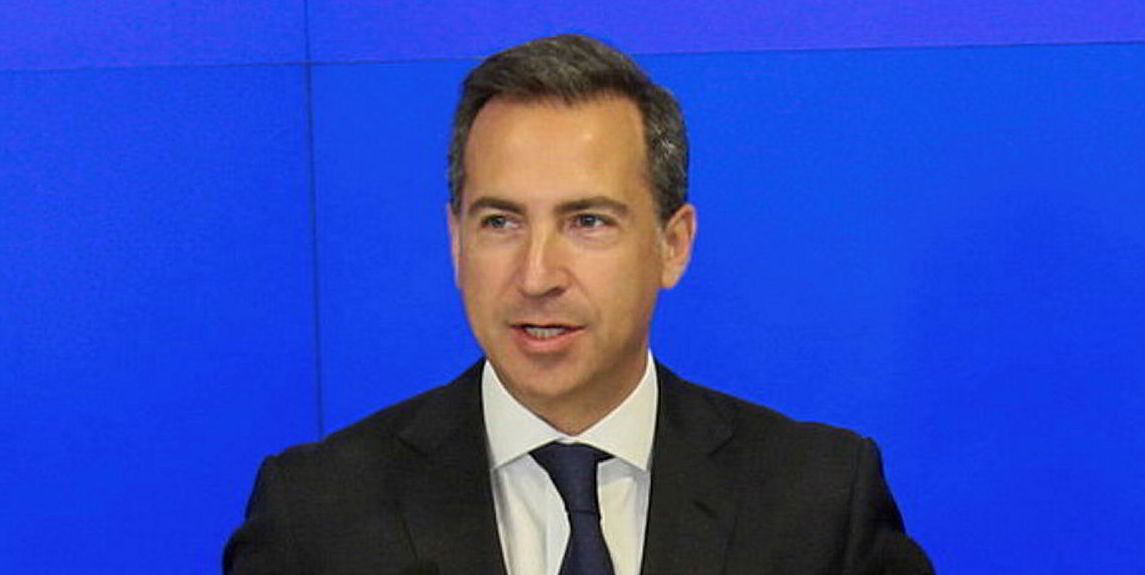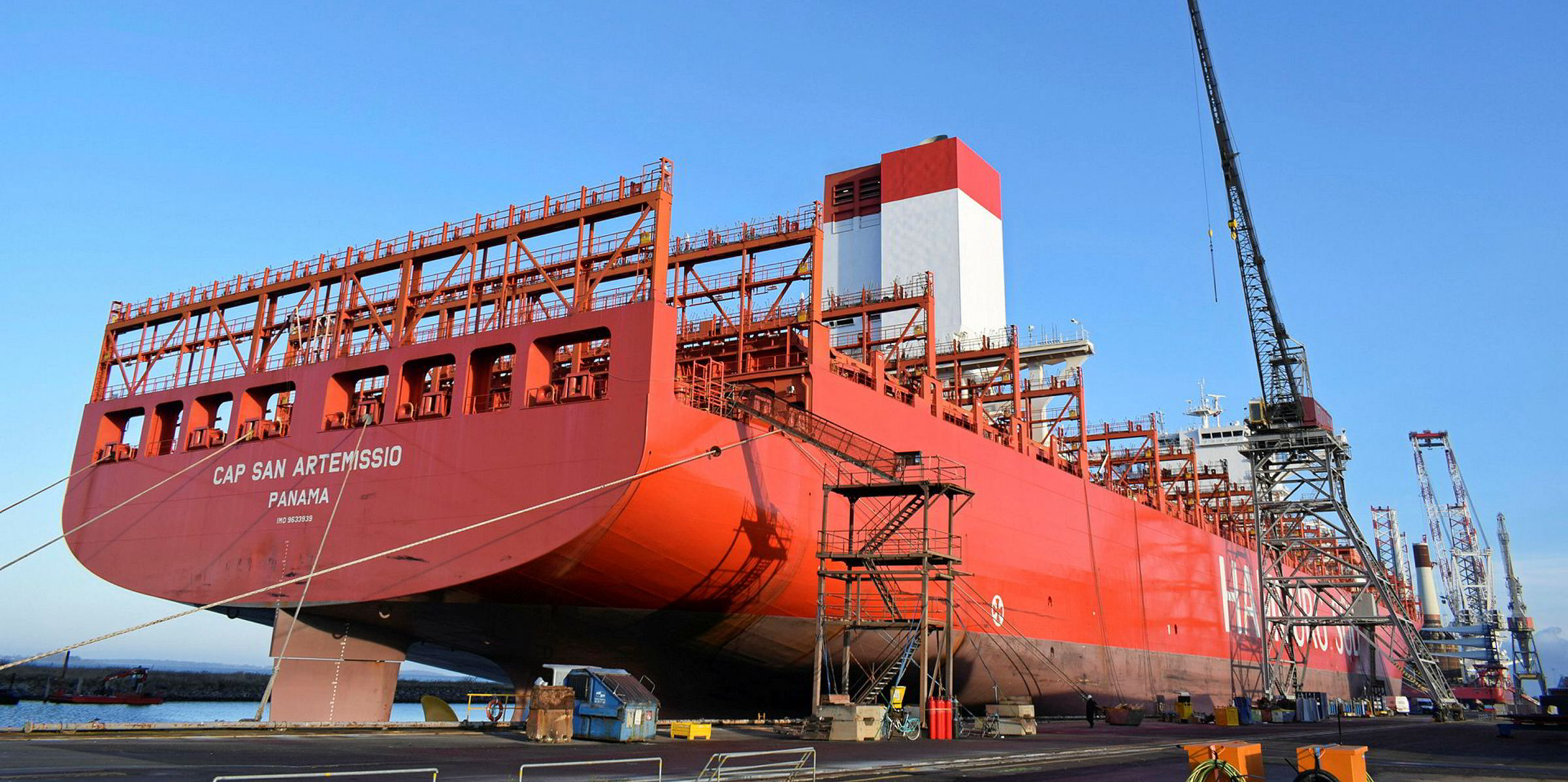Boxships have overtaken tankers as the vessel class to have the most scrubber retrofits completed.
And Bimco's chief shipping analyst Peter Sand said the argument for fitting the exhaust cleaners remains "economically" sound despite narrowing price spreads between high sulphur and low sulphur fuel this year.
Containerships with a collective cargo carrying capacity of 5.3m teu are now operating with scrubbers.
The share of the fleet with retrofits passed that of tankers in July.
"Choosing the scrubber option to comply with the sulphur regulation was heavily debated as 1 January 2020 approached," Sand said.
"But even with the low bunker fuel price spread between high and very low sulphur fuels in the current market, it is safe to say that the investments are economically sound."
He added however that the payback period on the investment has "obviously" been extended at a price spread of $67 per tonne, compared to an expected normalised price spread in the range of $100 to $200 per tonne.
Plenty of work to do?
About 2,600 vessels worldwide now have scrubbers on board, but 20,000 ships remain without, among the main cargo-carrying fleet.
For VLCCs and capesizes, the share of retrofits is 30%.
By year-end, this likely to have grown to 35%, Bimco said, as economies of fuel scale make more sense for bigger ships.
For post-panamax boxships of more than 15,000 teu, the share has already exceeded 40% and is likely to reach 50% by the end of 2020.
About 56.3% of the current container shipping orderbook (1.2m teu) will have a scrubber onboard when they are delivered, but more importantly, pending retrofits of 1.5m teu push up the total scrubber count, Sand said.
"Adding ongoing and pending scrubber retrofits to those that will be on board newbuilds brings the total scrubber capacity count to 8m teu for containerships (31.6%), 141m dwt for crude oil tankers (30.9%) and 226m dwt of dry bulker capacity (23.5%) once all is installed," he added.
Boxships take longer
In 2020, the number of days spent on a containership retrofit has averaged 68 days, ranging between 56 days in February and 79 days in July.
This compares to an average number of days spent on a bulk carrier in 2020 of 46 days and 41 days on a crude tanker, according to Clarksons.
"The narrowing of the price gap between low and high-sulphur fuels means that the spot market earnings differential (ie bunker cost savings) for a capesize bulker on 3 January compared to 7 August this year has declined from $7,626 per day to $1,095 per day," Sand added.
"The debate on scrubber economics is all but gone now, as 2020 is in full swing and focus has turned towards Covid, and how that impacts the business. What remains are the economic realities and technical obstacles the industry is dealing with daily."
He added: "Cost savings are essential to all, but despite a considerable share of the fleets now being scrubber-fitted, the largest part of the fleet continues to operate without."





